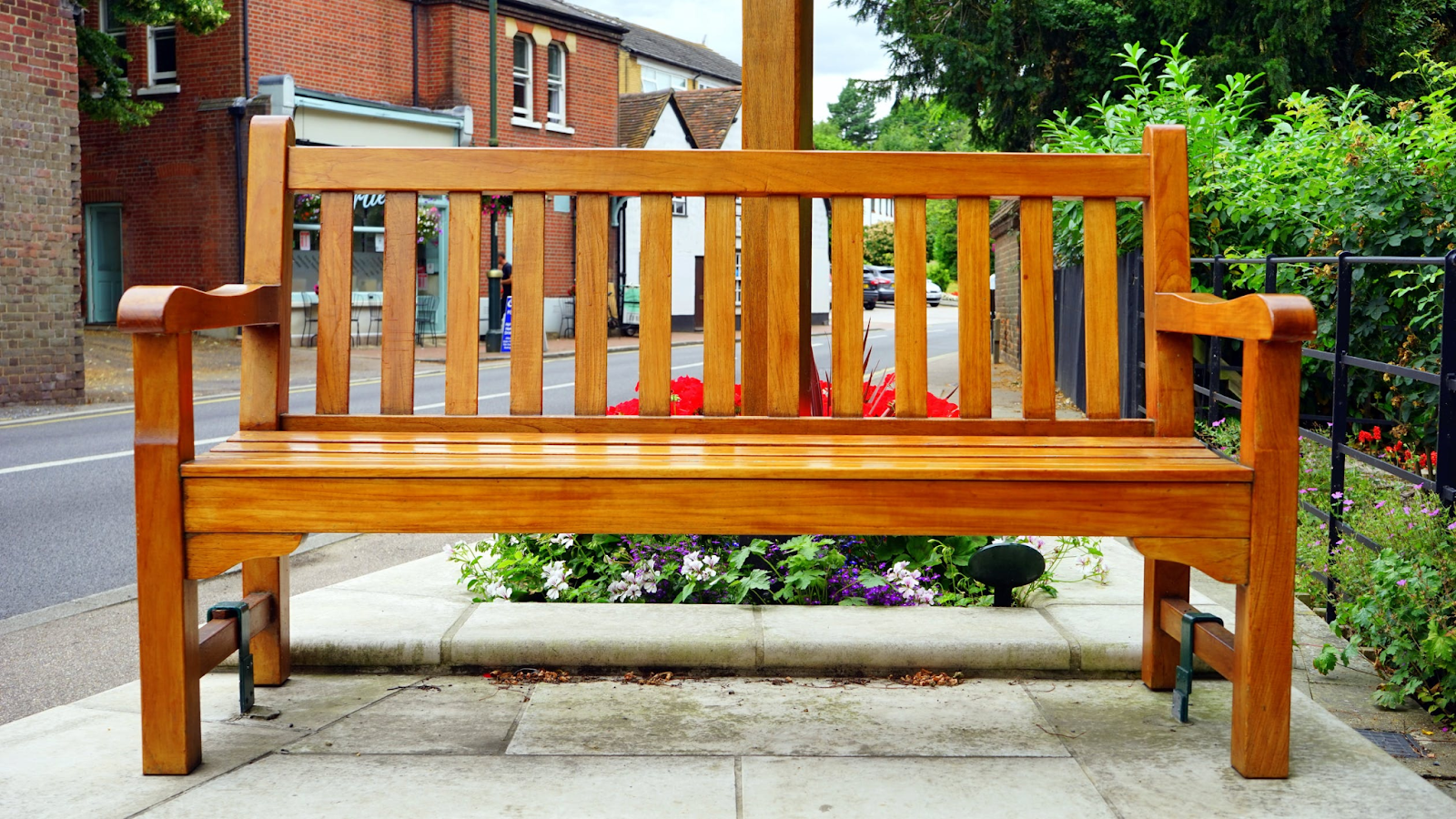Our garden furniture often holds pride of place in our back or front gardens. For our furniture to remain in top condition, we all need to ensure that our tables and chairs are being looked after, even when they aren’t being used. Covering or storing, particularly wooden items, our furniture is the best way to keep them clean, dry, and help them to last longer. Read on for our top tips on how to protect outdoor furniture in Winter.
Step 1: Cleaning
Many people leave out this step when looking to prepare their outdoor furniture for the colder, wetter part of the year. However, this is an essential step in protecting your chairs and tables from the elements and from delaying any natural decay. Moisture and damp clings better to dirty furniture than it does dry, so washing as much muck off as possible will serve your items better while they sit unused in the elements.
If you are choosing to pack your outdoor furniture into a garage, shed, or storage unit, mud will be absorbed by wooden furniture or dry onto wrought iron pieces, which is why giving everything a wash with warm, soapy water is a vital first step.
Step 2: Maintenance
Ensuring your outdoor furniture items are in the best possible condition before they go into storage or are left unused for Winter is vital. Long periods standing idle will worsen any cracks or weak areas that already exist. Before leaving your furniture, check if all the screws, nails, planks of wood or iron beams are sturdy.
For storing wooden furniture, this might mean applying treatment to the wooden parts. Wood will weather and lose it’s original colour if not treated regularly - check if your pieces are made from hard or softwoods to treat them accordingly. For signs of rust, sand down the affected areas and fill any large holes with a filler, painting the area afterwards to hide any signs of damage.

Step 3: Remove Soft Furnishings
Many of our outdoor furniture items have large or small cushions or covers to make them more comfortable in the Summer. While it may seem to be common sense, it can be easy to forget about these cushions and cushion covers when Winter arrives. Most small cushions can be washed as normal before placing them in storage in a warm, dry place. If not, the cushions should have labels detailing how it is best to clean them.
Step 4: Choose Your Winter Storage Option
What you choose to do with your outdoor furniture will depend on the space you have at your disposal. If you have a shed or a garage, storing your furniture indoors is the best thing for them when the weather takes a turn in late Autumn or early Winter. This will ensure no damp will cause structural damage to wooden furniture and that wind will not cause havoc with lighter pieces, like outdoor furniture made of plastic. If your storage options are not large enough to provide adequate shelter for your furniture, there are other ways to protect outdoor furniture in Winter.

It is, of course, possible to leave your furniture items outdoors. Leaving them totally unprotected will likely lead to long term damage. If nothing else, moving your furniture to a slightly more sheltered area of the garden, behind the house or behind a fence, will protect the items from the worst that the weather has to offer. For more protection for more fragile items, particularly rattan furniture, you can invest in furniture covers to provide adequate protection.You should remove all soft furnishings and seat pads before covering the furniture, allowing ventilation and any moisture to dry out on warmer days.
If you are still concerned about how to protect your outdoor furniture in Winter, self storage is a great and affordable option. With clean, dry storage units, Make Space offers secure personal storage units for all your storage needs at the best possible price. Get a free quote today and give your garden furniture the best protection this Winter.